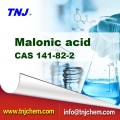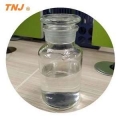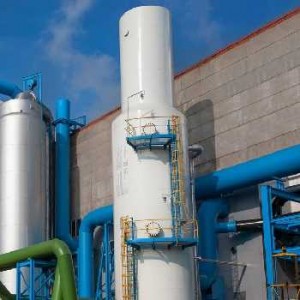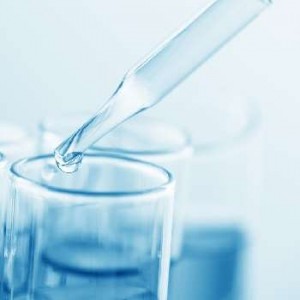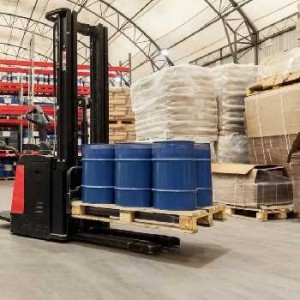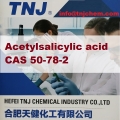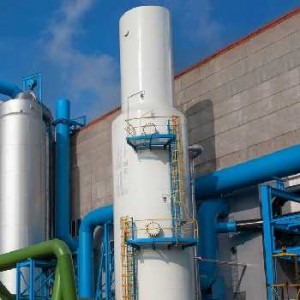CAS 141-82-2 Malonic acid
Product Name: malonic acid
CAS: 141-82-2;156-80-9
Molecular Formula: C3H2O4
Molecular Weight: 102.047
Synonyms: Methanadicarboxylic acid;Propanedioic acid
Malonic acid CAS 141-82-2 (IUPAC systematic name: propanedioic acid) is a dicarboxylic acid with structure
CH2(COOH)2. The ionized form of malonic acid, as well as its esters and salts, are known as malonates. For example, diethyl malonate is malonic acid’s diethyl ester. The name originates from the Greek word μᾶλον (malon) meaning ‘apple’.
Malonic acid is often mistakenly believed to occur in beetroot at high concentration, and a study on the composition of sugar beet liquors revealed no malonic acid.It exists in its normal state as white crystals. Malonic acid is the classic example of a competitive inhibitor: It acts against succinate dehydrogenase(complex II) in the respiratory electron transport chain.
Specification of Malonic acid
Appearance: white crystal
MP: 133-136°C
Content : ≥99.5%
Loss on drying: ≤0.5%
Sulfate: ≤ 0.02%
Chloride: ≤0.05%
Residue: ≤ 0.1%
Heavy metal : ≤ 20ppm
What is Malonic acid application?
Malonic acid is a precursor to specialty polyesters. It can also be a component in alkyd resins, which are used in a number of coatings applications for protecting against damage caused by UV light, oxidation, and corrosion.
One application of malonic acid is in the coatings industry as a crosslinker for low-temperature cure powder coatings, which are becoming increasingly valuable for heat sensitive substrates and a desire to speed up the coatings process.
It is used in a number of manufacturing processes as a high value specialty chemical including the electronics industry, flavors and fragrances industry, specialty solvents, polymer crosslinking, and pharmaceutical industry.
In food and drug applications, malonic acid can be used to control acidity, either as an excipient in pharmaceutical formulation or natural preservative additive for foods.
Malonic acid is used as a building block chemical to produce numerous valuable compounds, including the flavor and fragrance compounds gamma-nonalactone, cinnamic acid, and the pharmaceutical compound valproate.
Malonic acid (up to 37.5% w/w) has been used to cross-link corn and potato starches to produce a biodegradable thermoplastic; the process is performed in water using non-toxic catalysts. Starch-based polymers comprised 38% of the global biodegradable polymers market in 2014 with food packaging, foam packaging, and compost bags as the largest end-use segments.
How is Malonic acid packed?
25kg fiber drum; 9000kg per 20″FCL with pallets, 12000kg per 20′FCL without pallets.

